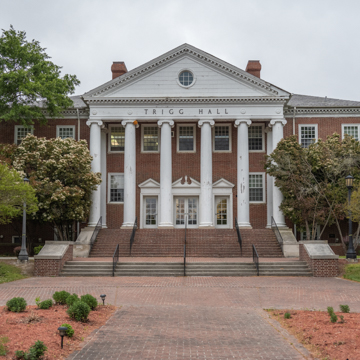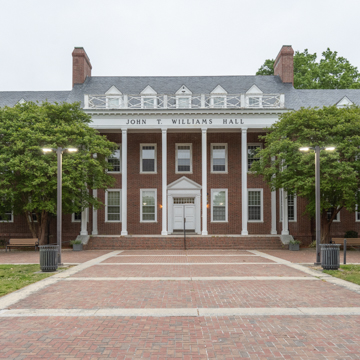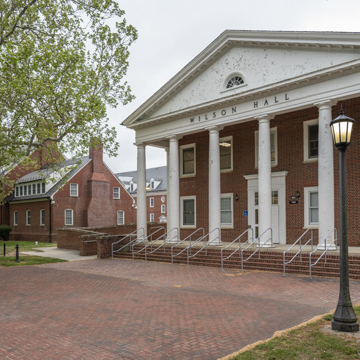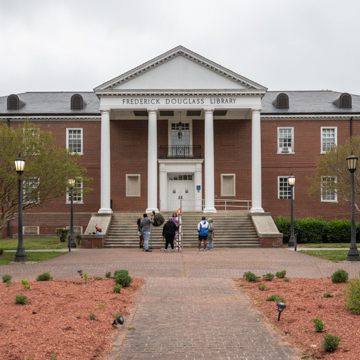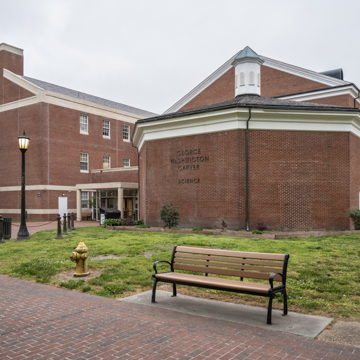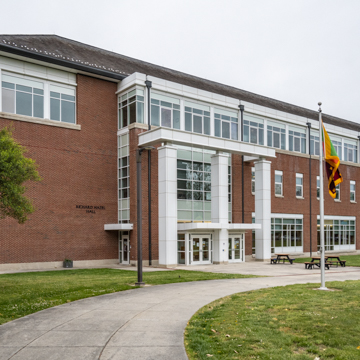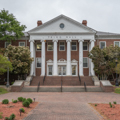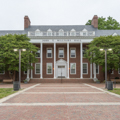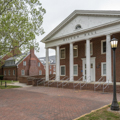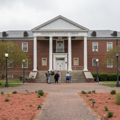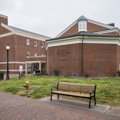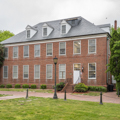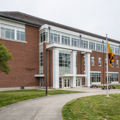Now a campus in the state university system, the University of Maryland Eastern Shore has a long history as a privately established HBCU (historically black college and university). In 1886, the same year his new church, the Metropolitan United Methodist Church was built, the Reverend Joseph R. Waters helped found Princess Anne Academy. The Delaware Conference of the Methodist Church and the Centenary Bible Institute of Baltimore worked together to create an institution of higher learning, mainly to train Black ministers. In 1890, the federal government ruled that Maryland, along with states to the south, would forfeit Morrill Act land-grant college funding if they did not make provisions to accommodate Black students. In order to avoid integrating the existing land-grant school in College Park, officials negotiated with Princess Anne Academy to provide a land-grant curriculum to African American students and designated the school the Eastern Branch of the Maryland Agricultural College.
Despite this agreement, the college remained private until 1926, and then from 1926 to 1936 it was administered by Morgan College, the Centenary Biblical Institute school outside of Baltimore (now Morgan State University). Finally, in 1936, administrative control was transferred to the Board of Regents of the University of Maryland, setting the stage for a slow process of rebuilding what was then called Maryland State College.
Today the historic core of the sprawling campus is the grouping of Colonial Revival buildings, most built between 1938 and 1954, arranged in a quadrangle around a wide lawn lined with paths and mature trees. With buildings designed by Salisbury architect E. Wilson Booth over a sixteen-year period, this ensemble created a grand setting for the college in the tradition of Beaux-Arts campus planning. These buildings replaced frame ones to meet the design and construction standards adopted by the State of Maryland for its university system in the mid-twentieth century. University President Harry Clifton Byrd was brutally frank that his motivation for seeking New Deal funding for the Princess Anne campus was to avoid admitting Black students to College Park. Just a few years before, in 1935, the University of Maryland was forced to admit Donald Gaines Murray to its law school after a successful lawsuit brought by Charles Hamilton Houston and a young Thurgood Marshall.
Major rebuilding was funded by the Works Progress Administration (WPA) and first saw the completion of Bird Hall (1938–1940) and J. T. Williams Hall (1938–1940, formerly the main administration building, Maryland Hall) on the southwest end of the quadrangle. Somerset Hall (1940), next to Bird Hall along the lawn, was a massive men’s dormitory and was joined to Harford Hall (1940) behind it by a one-story brick colonnade. Next is Wilson Hall, a temple-front building with a monumental Doric portico also built in 1940 to house the Department of English, Modern Languages, and Education. Additional buildings around the lawn were built after World War II, such as Frederick Douglass Library (1969). Trigg Hall, on a tall basement with a full Ionic portico, was built in 1954 at the other end of the quadrangle lawn to house the Department of Agricultural Science, and Waters Dining Hall (1950) was constructed on the west side of the lawn across from Somerset Hall. Carver Hall Science Building (1972) filled the remaining open space on the east side of the lawn after full recognition as University of Maryland Eastern Shore in 1970. Continued expansion of the campus in recent decades has added new groupings of buildings around quadrangles to the west and north.















